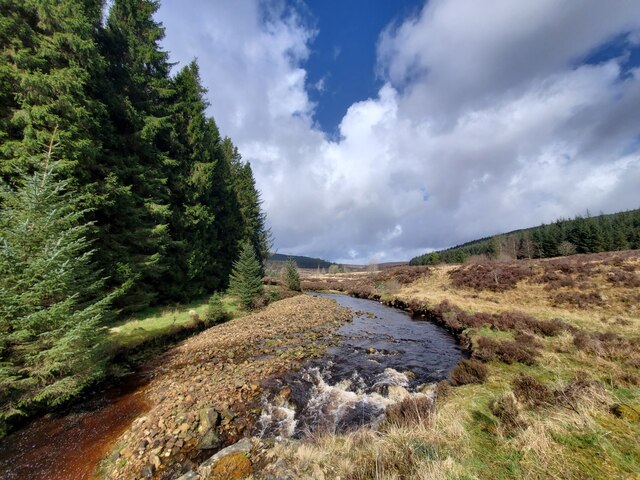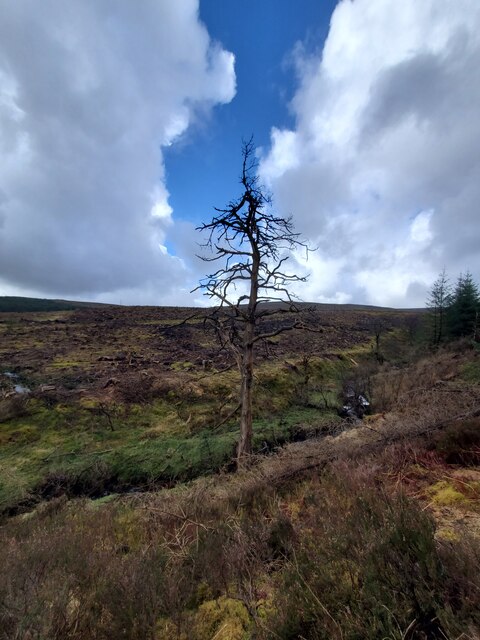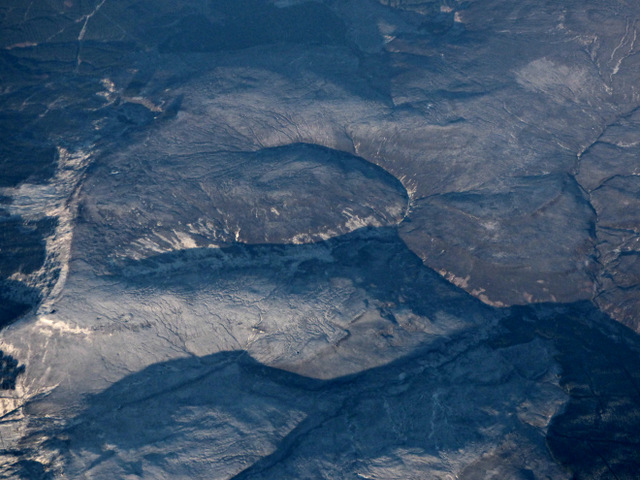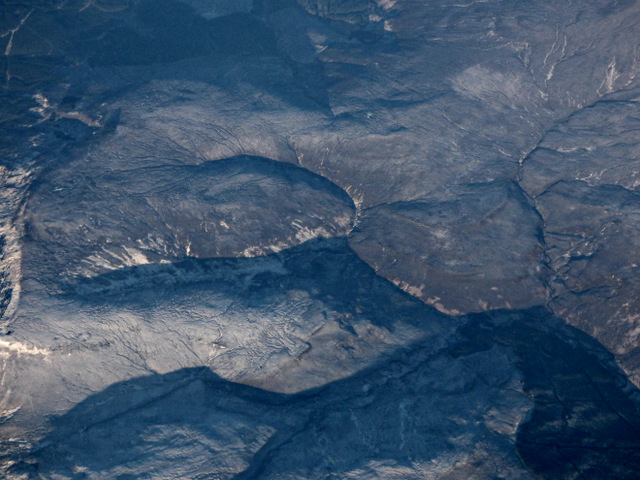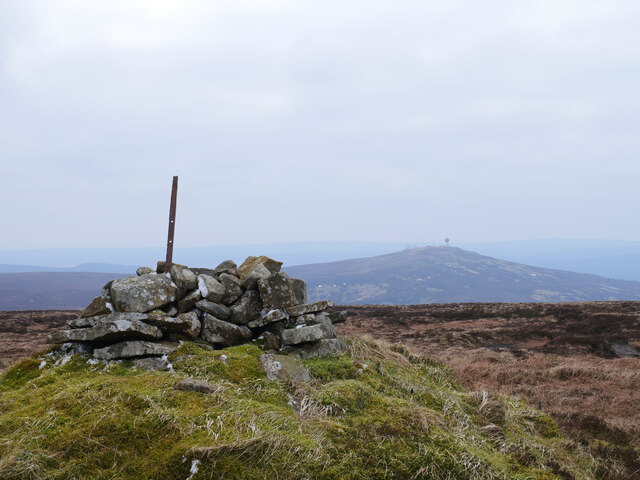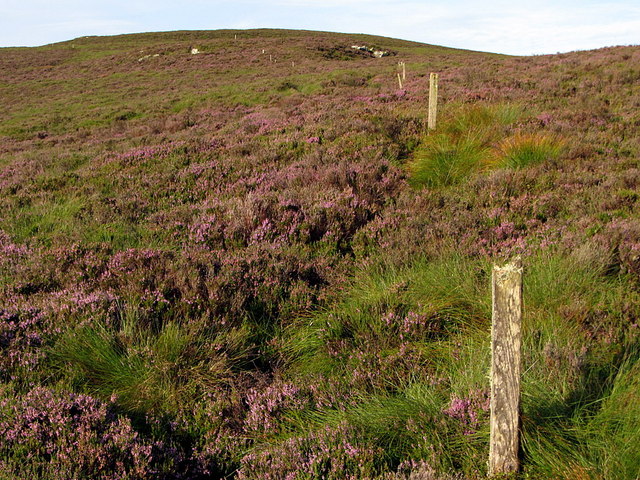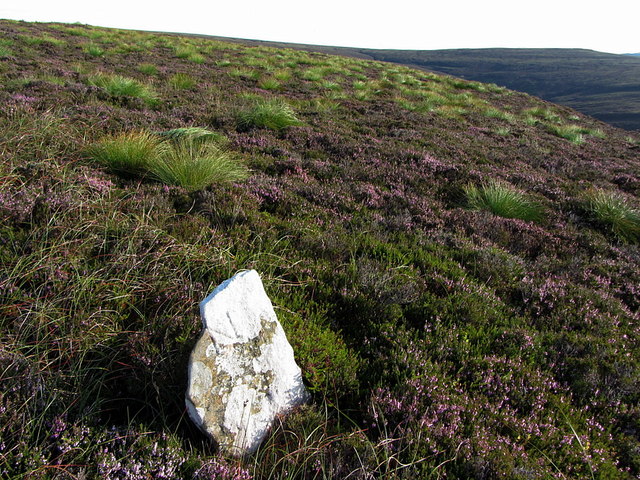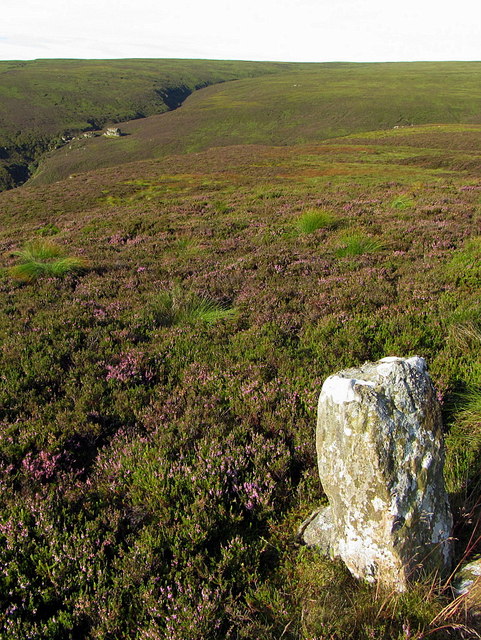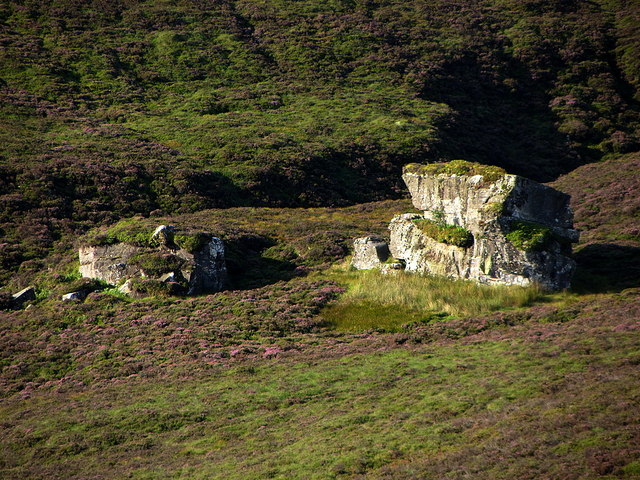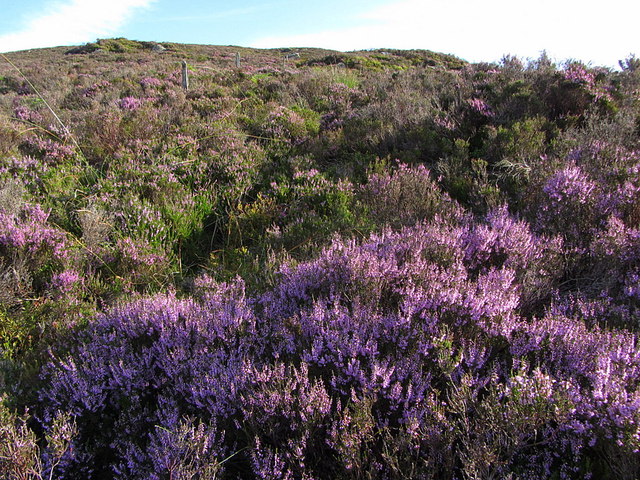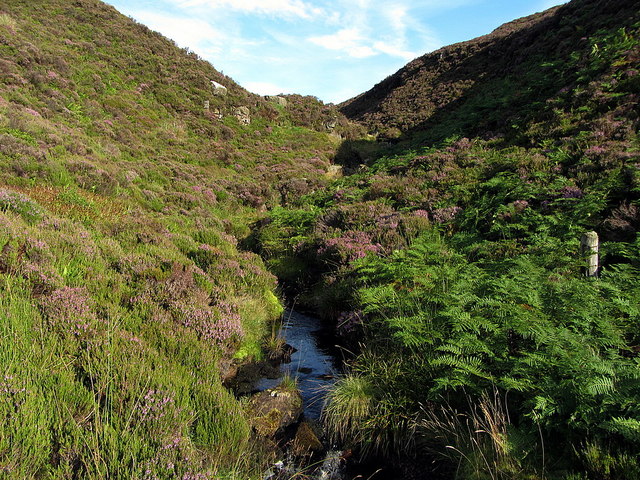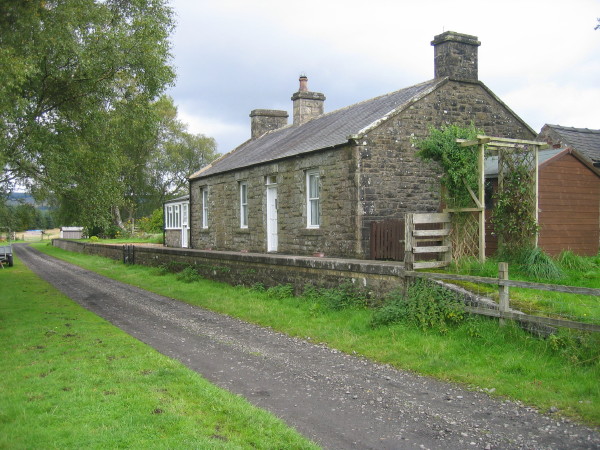West Kielder Moor
Downs, Moorland in Northumberland
England
West Kielder Moor
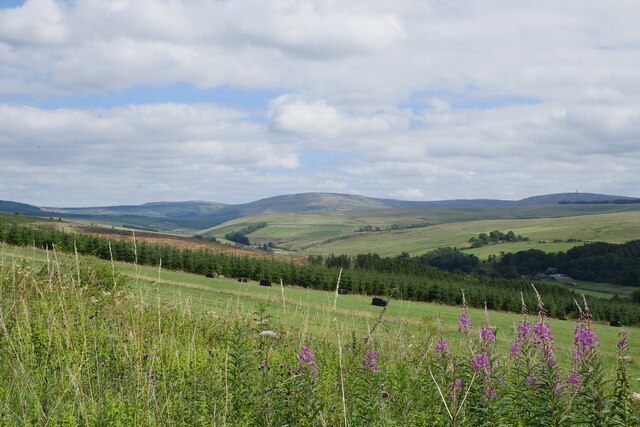
West Kielder Moor is a vast expanse of upland moorland situated in the county of Northumberland, England. It covers an area of approximately 20 square kilometers and is part of the Kielder Forest and Water Park.
The moorland landscape of West Kielder Moor is characterized by rolling hills, heather-covered slopes, and scattered patches of woodland. It lies at an elevation of around 300 meters above sea level, offering breathtaking views of the surrounding countryside.
The area is rich in biodiversity, providing a habitat for a diverse range of flora and fauna. The moorland is predominantly covered in heather, with species such as bilberry, crowberry, and cotton grass also thriving in the acidic soil. The moorland is home to various bird species, including the red grouse, curlew, and golden plover, which nest and forage in the area.
West Kielder Moor is also known for its archaeological significance. There are remnants of ancient settlements and burial cairns that date back to the Neolithic and Bronze Age periods, indicating human activity in the area for thousands of years.
The moorland is a popular destination for outdoor enthusiasts, offering opportunities for hiking, birdwatching, and nature exploration. Several walking trails crisscross the area, providing access to its stunning natural beauty.
Overall, West Kielder Moor is a picturesque and ecologically diverse landscape that offers visitors a chance to connect with nature and explore the rich history of Northumberland.
If you have any feedback on the listing, please let us know in the comments section below.
West Kielder Moor Images
Images are sourced within 2km of 55.290301/-2.5625517 or Grid Reference NY6499. Thanks to Geograph Open Source API. All images are credited.
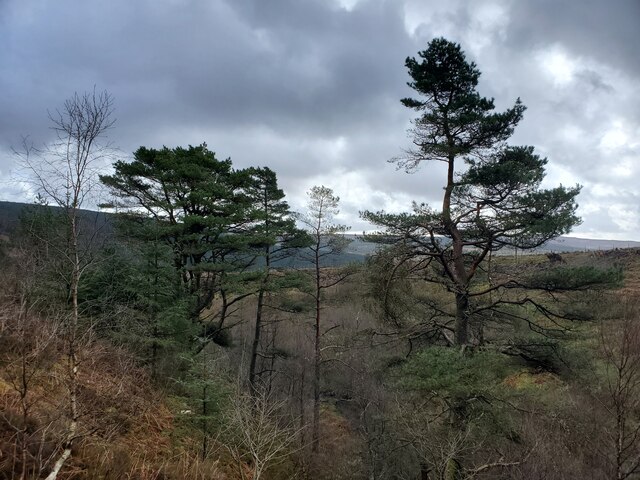
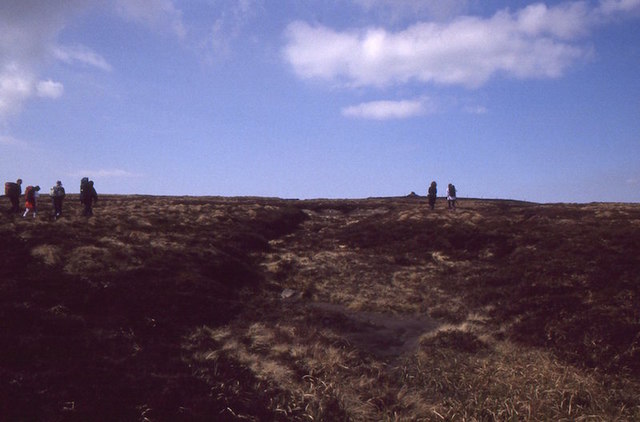
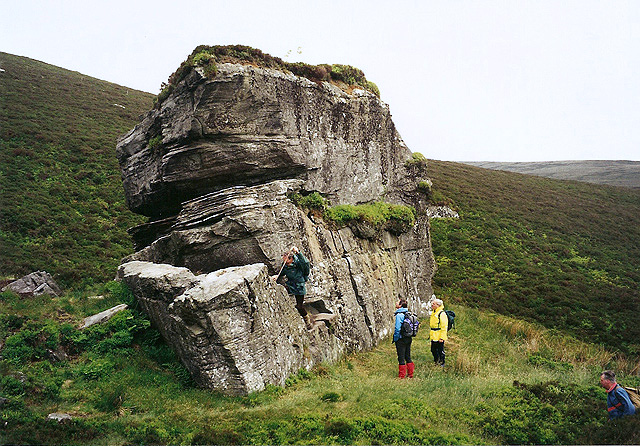
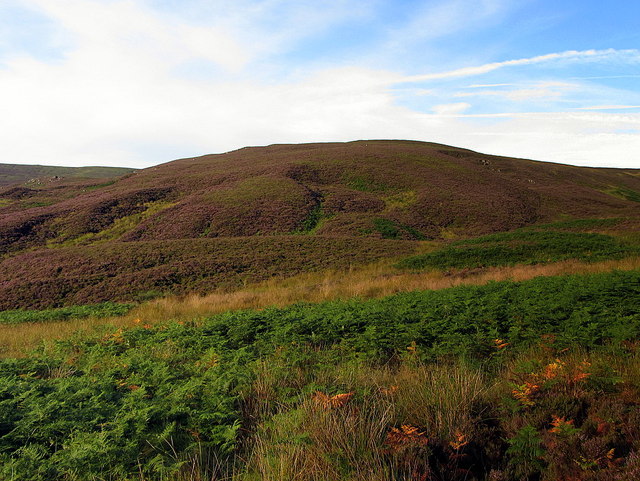
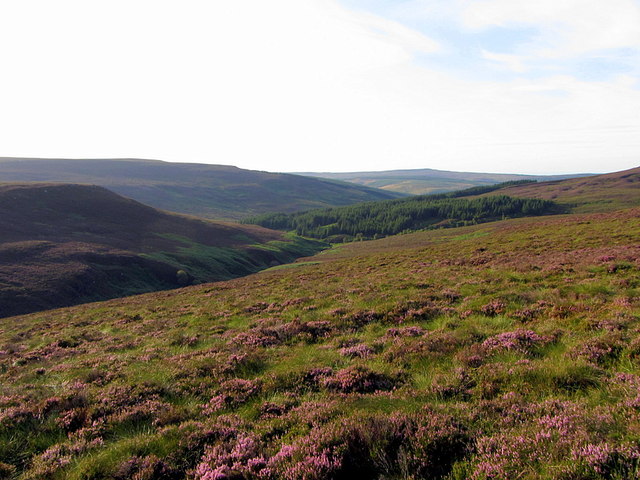
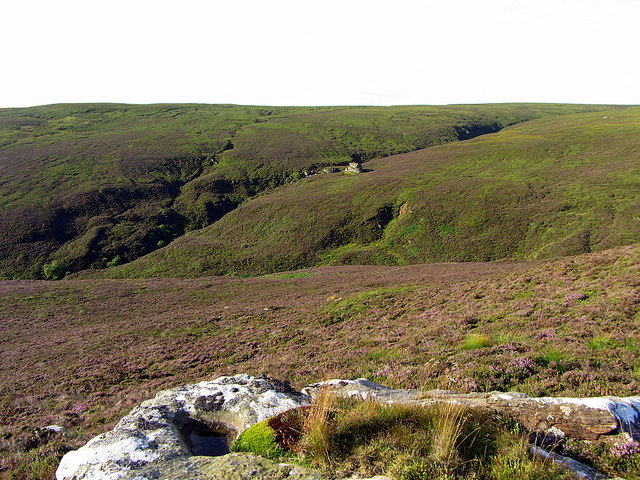
West Kielder Moor is located at Grid Ref: NY6499 (Lat: 55.290301, Lng: -2.5625517)
Unitary Authority: Northumberland
Police Authority: Northumbria
What 3 Words
///enchanted.obligated.state. Near Rochester, Northumberland
Nearby Locations
Related Wikis
Deadwater railway station
Deadwater railway station is a closed railway station situated on the border between England and Scotland at the head of the North Tyne River. The station...
Deadwater, Northumberland
Deadwater is a small settlement in Northumberland, England, about 3 miles (5 km) north west of Kielder, Northumberland, on the English side of the border...
Kielder Forest Star Camp
The Kielder Forest Star Camp is an annual star party held each autumn and spring in Kielder Forest. The five night event is based on the Kielder Campsite...
Butteryhaugh
Butteryhaugh is a village in Northumberland, in England. It is situated a short distance to the south-east of Kielder. Although a separate "village" from...
Nearby Amenities
Located within 500m of 55.290301,-2.5625517Have you been to West Kielder Moor?
Leave your review of West Kielder Moor below (or comments, questions and feedback).
